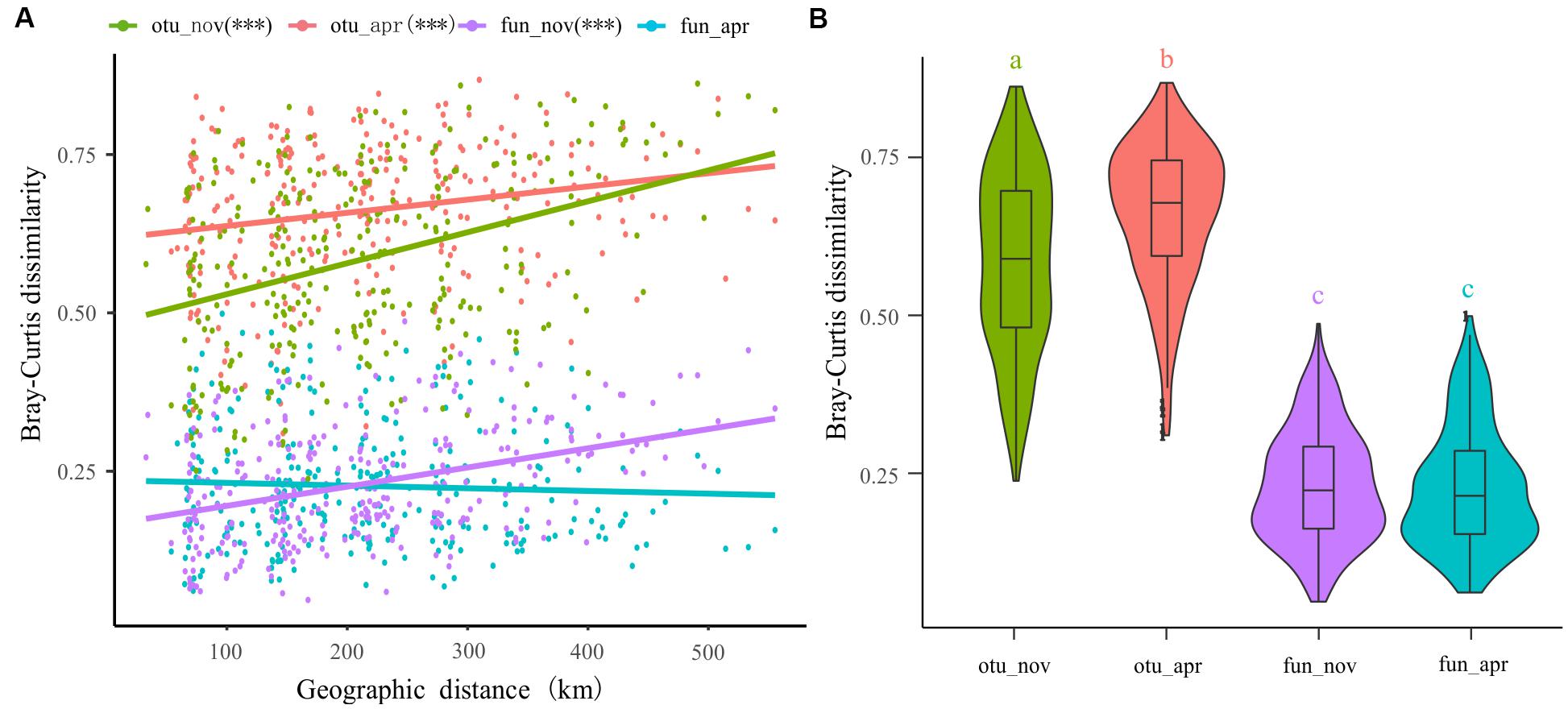
The CoNet app is linked to Cytoscape only via its main menu and graph visualization classes. In general, the CoNet app is designed with minimum contact to Cytoscape, to ensure consistent behavior across different Cytoscape versions and to ease porting to future Cytoscape versions. However, despite these limitations, network inference can give interesting insights into what shapes community structure, as we hope to demonstrate with our use case. A recent evaluation has shown that the accuracy of ecological interaction inference from simulated sequencing data is low ( Weiss et al., 2016). resulting from the response of two taxa to an environmental factor or another taxon. In addition, an edge in a microbial network does not necessarily represent an ecological interaction such as mutualism or competition, since it may also be indirect, i.e. This normalization in turn makes the count data compositional, which distorts correlation measures ( Friedman & Alm, 2012). Since a different amount of DNA is sequenced in each sample, microbial marker gene counts have to be normalized to adjust for varying sequencing depth. The construction and interpretation of microbial networks from sequencing data faces a number of challenges ( Faust & Raes, 2012). CoNet was developed to carry out microbial network inference from sequencing data, but its generic design makes it applicable to any data set where objects have been observed repeatedly. ( Gilbert et al., 2014 Human Microbiome Project Consortium, 2012)) These large sample numbers open the way to unraveling the complex relationships between microorganisms from their abundances across samples.

Recent sequencing projects quantified the abundance of hundreds of microbial taxa by counting marker genes (usually 16S rDNA) sequenced in a large number of samples (e.g. ( Horner-Devine et al., 2007)).Ĭo-occurrence analysis is an instance of network inference, which predicts relationships between objects from repeated measurements of objects' presence or abundance. Since then, co-occurrence analysis, which looks for significant co-presence or mutual exclusion, has become a widely applied technique in ecology (e.g. To the best of our knowledge, Jared Diamond was the first to infer an ecological relationship, namely competition, from mutual exclusion patterns in the distribution of tropical bird species ( Diamond, 1975). The analysis of species abundance patterns has a long tradition in ecology ( Connor & Simberloff, 1979 Diamond, 1975 Gotelli & McCabe, 2002).


 0 kommentar(er)
0 kommentar(er)
